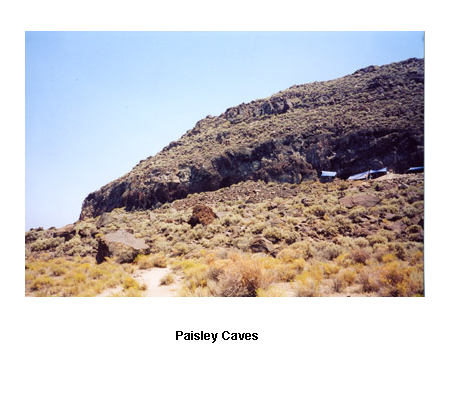 At the conclusion of Bete Perdue, Mary Oslund’s beautiful new dance, singer Lyndee Mah, still in the glow, said it was like a symphony. I think she was talking about how it cascaded by, sometimes in unison, all eight dancers carving space similarly, according to his or her “voice,” sometimes in solos or duets or trios that mixed, matched and reformed, sometimes in pairs of duets or even four duets, weaving in and out, occasionally interlocking. It swept by, pulsing with action, small moments and large, establishing its own time. When it was over, how long had it been going on? It was hard to guess, it was so absorbing. And so, yes, like a symphony.
At the conclusion of Bete Perdue, Mary Oslund’s beautiful new dance, singer Lyndee Mah, still in the glow, said it was like a symphony. I think she was talking about how it cascaded by, sometimes in unison, all eight dancers carving space similarly, according to his or her “voice,” sometimes in solos or duets or trios that mixed, matched and reformed, sometimes in pairs of duets or even four duets, weaving in and out, occasionally interlocking. It swept by, pulsing with action, small moments and large, establishing its own time. When it was over, how long had it been going on? It was hard to guess, it was so absorbing. And so, yes, like a symphony.
If someone had taken a psychogram of audience members during the performance it would have registered many different states, and that’s like a symphony, too. Let’s see: delight, reverie, anxiety, keen attention, even a series of undifferentiated states that could turn into almost anything, from aggression to love, the stem cells of all our emotions. But mostly satisfaction, not as in “fat and happy,” but as in this typifies the complexity, tension and release, and ultimate harmony of great art.
That’s not a claim I make lightly. But building on the great success of last year’s “Sky,” this dance finds Oslund creating something amazing at both the smallest and largest levels, micro and macro. A shoulder shrug from dancer Keely McIntyre sends a shiver of recognition and contains deep expressive possibilities. So does the rush of multiple dancers, arriving and departing, lifting and being lifted, sliding past each other in erratic orbits. Like a symphony, it’s too much for the brain to process, but you can “understand” it in your own particular way as a whole.
 We are more than two months into Art Scatter. Sixty generations of fruit flies have come and gone. One bad knee was replaced by a superior robotic product. We’ve mustered 55 total posts. Our most popular ones have dealt with the Sherwood middle-school theater controversy, Ornette Coleman, graphic non-fiction books, the firing of Deborah Jowitt and getting old. (At least according to our powerful online analysis tool, which is inconsistent enough to make us wonder about its overall accuracy, powerful or not.) So, yes, we think we’re doing our fair share of broadband scattering. It’s fun!
We are more than two months into Art Scatter. Sixty generations of fruit flies have come and gone. One bad knee was replaced by a superior robotic product. We’ve mustered 55 total posts. Our most popular ones have dealt with the Sherwood middle-school theater controversy, Ornette Coleman, graphic non-fiction books, the firing of Deborah Jowitt and getting old. (At least according to our powerful online analysis tool, which is inconsistent enough to make us wonder about its overall accuracy, powerful or not.) So, yes, we think we’re doing our fair share of broadband scattering. It’s fun! Is writing about visual art just getting worse and worse? That’s what Eric Gibson, the Wall Street Journal’s Leisure and Arts feature editor,
Is writing about visual art just getting worse and worse? That’s what Eric Gibson, the Wall Street Journal’s Leisure and Arts feature editor, 
 Yesterday, Art Scatter thought about replacing whatever constitutes the guiding principle of U.S. foreign policy (I know, we don’t really have one, a guiding principle, I mean) with a new one — the preservation, encouragement and support of art-making around the world. Today, we move from the global to the local and dream about what would happen if our city (in this case Portland, Oregon) did the same thing and organized itself around the same idea.
Yesterday, Art Scatter thought about replacing whatever constitutes the guiding principle of U.S. foreign policy (I know, we don’t really have one, a guiding principle, I mean) with a new one — the preservation, encouragement and support of art-making around the world. Today, we move from the global to the local and dream about what would happen if our city (in this case Portland, Oregon) did the same thing and organized itself around the same idea.  1. Art Scatter reader
1. Art Scatter reader  The findings in the
The findings in the  Robert Fagles,
Robert Fagles,  I heard from Art Scatter friend
I heard from Art Scatter friend